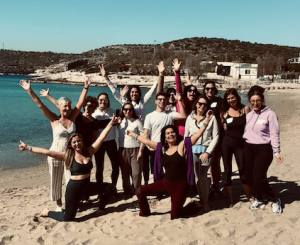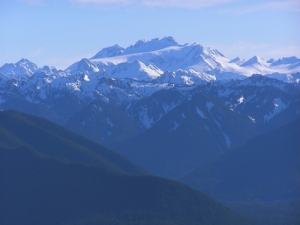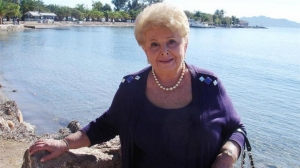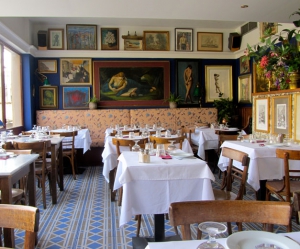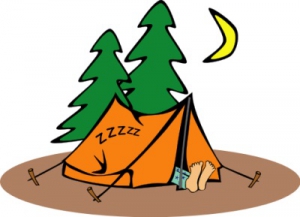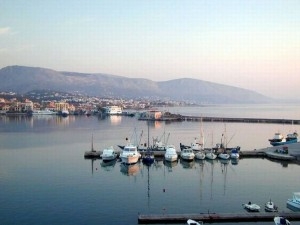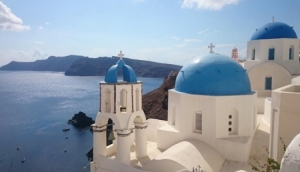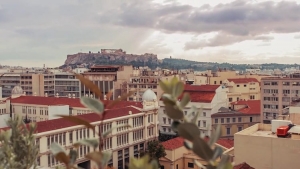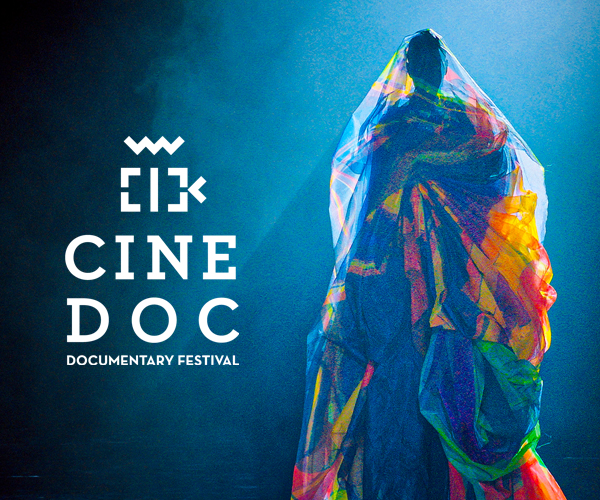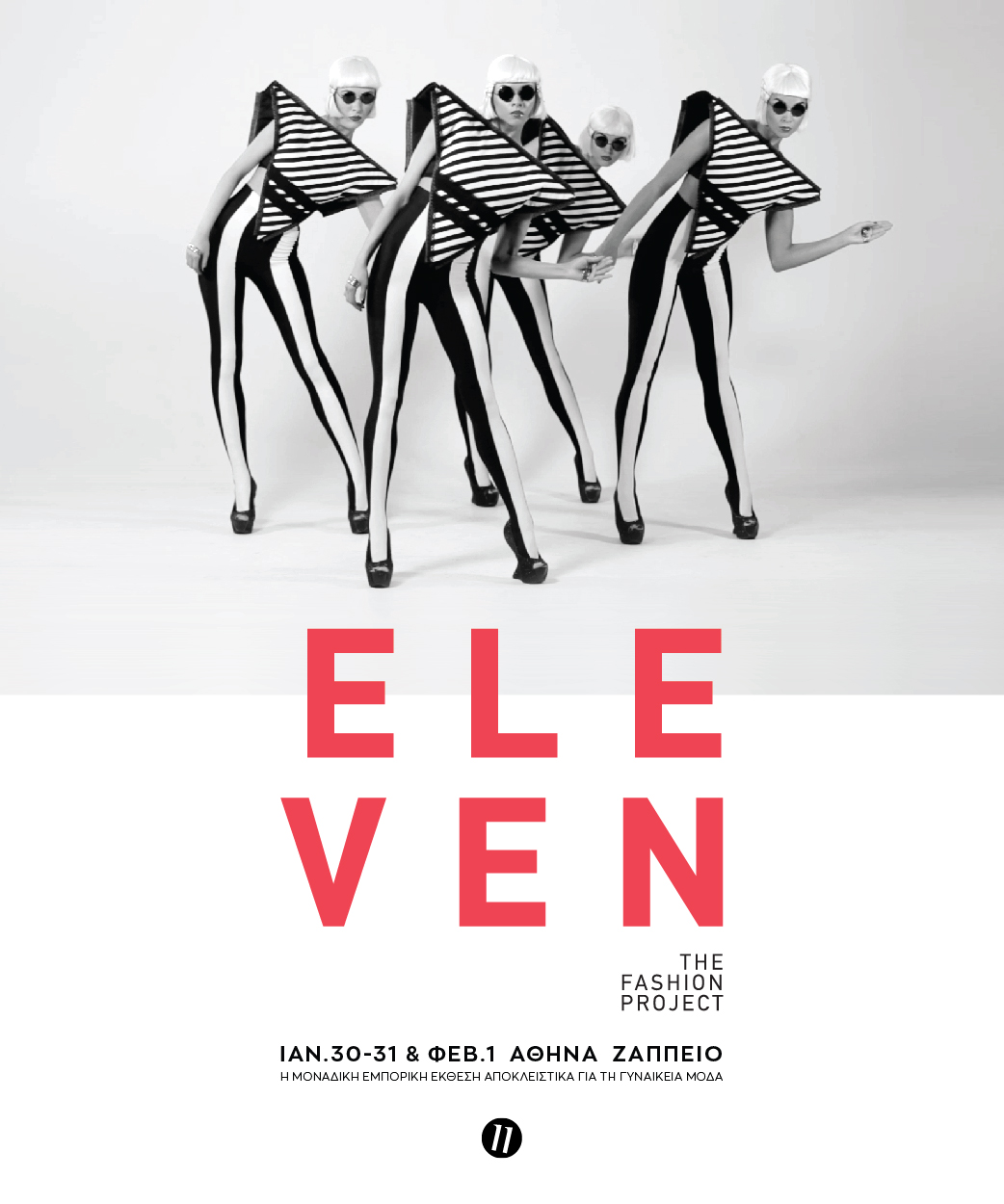XpatAthens
Your Life Is a Movie: Step Into the Director's Chair!
September 27
Step Into the Story of Your Life
Imagine experiencing your life as a powerful film where you are both the star and the co-director. At this retreat, we’ll draw inspiration from Greek philosophy, mythology, and modern psychology to help you see your challenges as plot twists and your victories as shining climaxes. Instead of being swept along by circumstances, you’ll begin to recognize the deeper meaning behind your personal narrative — and rediscover the joy of living with intention.
Magnetize Love, Abundance, and Joy
Through guided meditations, embodied practices, and interactive workshops, you’ll learn how to shift old fears and patterns into confidence and flow. Using my AGIO Method — rooted in Stoicism, neuroscience, and Greek wisdom — we’ll practice simple yet profound tools that allow you to attract the relationships, opportunities, and experiences that align with your highest self. This is not just a retreat; it’s a reset that allows you to leave behind old scripts and step into the role you were born to play.
A Transformational Community Experience
Surrounded by the beauty of the Athens Riviera, you’ll share this journey with like-minded seekers who, like you, want to live with more joy, ease, and meaning. Together, we’ll dance, laugh, reflect, and celebrate life as a sacred story unfolding. You’ll leave not only with clarity and renewed energy, but also with the support of a new community and practical practices you can carry into your everyday life — long after the retreat has ended.
RETREAT INFO
When: September 27, 2025
Where: Saronida
Price: €88
Organizer’s Name: Dr. Agio
Organizer's Retreat Link: https://www.dragio.org/retreats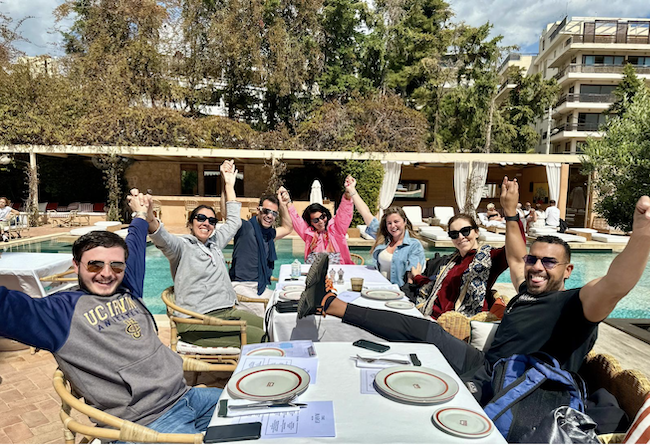
Mount Olympus: Home Of The Gods
Mount Olympus is where life blends with mythology and the idealized archetypes with the aspects of the multi-faceted human psyche. Any climb to Mount Olympus starts from the town of Litochoro. Traditionally regarded as the imaginary abode of the Greek gods, it inspires respect not only by virtue of its height (the highest peak cuts the sky at 2,919 meters), but primarily by its divine mystery.
It is here that Zeus mounted his throne, Hades remorselessly ruled the Underworld, and Poseidon rocked the seas.
And although the myth of Sisyphus cursed to endlessly roll a giant boulder up a hill, or Prometheus, bound to a rock and having his liver eaten by an eagle seem nothing but fairy tales, a strenuous climb up the range may well give you a creepy shiver running down your spine.
Mytikas, Olympus' highest peak at 2917 meters was reached in 1913 by Christos Kakalos of nearby Litohoro and Swiss climbers Frederic Boissonas and Daniel Baud-Bovy. The mountain is rich in tree and plant life, supporting over 1700 species, some very rare. The main village of Litohoro is connected by bus from Athens and Thessaloniki and by train though the station is 9 kilometers from the village.
Climbing Olympus takes two days but you can easily spend longer if you like. There are a large number of decent trails and you won't need special equipment or experience. You can get a map from the EOS office in Litohoro where English is spoken or the SEO office where it may not be. It may not matter because the map is in Greek but with a little bit of effort you can decipher the alphabet. Anyway you will need it, no matter what language it is in. Remember that people have died climbing this mountain so don't take it too lightly. You will need warm clothes, even in the summer. Sunscreen is also a necessity and decent shoes. You will be able to stay in refuges overnight.
During the August Olympus Festival plays are performed at the restored ancient theatre.
Source: Magical Journeys
TV Chef Vefa Alexiadou Reveals Cooking Secrets
You are a well-known, immensely popular, leading culinary authority in Greece. You were born in Volos, a coastal port city in Thessaly, and it is obvious that you have an intense passion for cooking. Where do you think this enthusiasm came from? Did you learn how to cook at a young age?
My passion for cooking began in childhood because of my mother, who was born in Constantinople. She conveyed the beauty of her own homeland in the unforgettable tastes and aromas of food that tantalized everyone’s tastebuds. She had an inexhaustible source of recipes, which she taught me to cook in her own inimitable way, and emphasized the need for each dish to look as attractive as it tasted. I believe she succeeded in passing on her love and flair for cooking to me.
At that time, it was impossible to think how much cooking would influence me in later life. That it would be my main occupation, which even today, after so many years, fills me with joy and satisfaction.
You must have tested thousands of varying recipes over the years. How do you manage to keep coming up with new ideas?
Well, there’s such a variety of products produced by the earth and the ocean, that there are many ways in which we can process and combine them in order to create new recipes. I have already stored about 100,000 selected recipes in my computer. What do I mean by “selected?” Well, dishes which I have thoroughly tested with proven ingredients and in balanced proportions, that have had an accurate result.
There are so many major cultural differences in the approach people around the world take to cooking and eating food. What can you tell me about Greek cuisine in general and how healthy it is?
The Greek culinary tradition, inextricably tied to Greek civilization, is ancient, with roots going back many centuries.
The unique geographical position of Greece, the mild climate, the diversity of its soil, with large mountainous areas, plains and surrounding ocean, created ideal conditions for producing outstanding products from the land and sea. Thus, Greece is well-known for its highly refined and healthy cuisine.
The colonial expansion of the Greek element in the rest of the Mediterranean, as well as contact with other cultures of the East, were equally important factors for the development of Greek cuisine. The final configuration in classical times influenced the cuisines of the cultures that followed, such as the Greco-Roman and later, through the long path of the Byzantine, the cuisines of the middle Ages and modern Europe.
Vefa, you became an even bigger household name when you started appearing on TV, passing on cooking tips and bringing mouth-watering recipes into the homes of thousands. What was that like, cooking on air in front of the bright lights and cameras?
In a few words, it was a wonderful adventure. I remember my first years on television. The main difficulty I encountered at first, was how to get used to looking into the lens. However, there were numerous other difficulties. For starters, there was no kitchen. I presented dishes on a table and had to show them being prepared in all their stages. This was hard because the food was pre-cooked, ready for final presentation, while I prepared all the ingredients before the TV audience. This meant double trouble and double costs. I had to bring the tools and utensils I needed from home and return with them every day. However, I enjoyed my cooking, and drew strength and courage to overcome those first difficulties. I loved my public appearances and the admiration of my fans.
From cooking delicious Greek dishes, writing innovative cookery books, producing culinary videos, opening the increasingly popular “Vefa House” stores and appearing on TV and in countless magazines: which one of these were the most challenging and the most enjoyable?
In 1980, at a time when, in Greece, there were no serious attempts at writing a cookbook, I decided that having the know-how and the real taste of cooking, I would create my own first cookbook. Its enormous success inspired me to write another three cookbooks, completing a series of books which were titled “Invitations to Dinner, to Cocktails, to Tea and to a Children’s Party”. These books immediately became popular with the Greek public. My career as a writer/ publisher continued with the book “Greek Cuisine” followed by “Greek Pastries and Desserts”. The success of these two books was and remains constant in Greece and abroad. They were translated into English and are especially popular in the US, Australia and Canada. “Greek Cuisine” was also translated into German and is still selling well in German-speaking countries. My next book was “Festive Cuisine”, which has also been translated into English and after that, along with my daughter Alexia, we published the first volume of vegetarian and seafood books, which received an award as the Best Mediterranean Cookbook in Greek from the Salon International Livre Gourmand of Perigueux, France. Since then, we have completed a second volume.
To read more, please visit greekreporter.com
By Lorraine Eyre
PM Mulls Whether To Seek MPs' Support For Extension
Prime Minister Alexis Tsipras is to decide in the next 48 hours whether he will allow Parliament to vote on a four-month extension to Greece’s loan agreement or whether he will bypass the House altogether after signs of dissent within his party.
The government said on Thursday that it will wait for other eurozone parliaments to vote on the deal, a process which should be completed on Friday, before deciding when or if legislation paving the way for the loan extension would be submitted to the Greek Parliament.
Tsipras’s hesitancy comes after a meeting of SYRIZA’s parliamentary group on Wednesday that lasted more than 11 hours. During the debate about Greece’s new agreement with its lenders, a number of MPs expressed disagreement with the deal. At Tsipras’s insistence, a vote was held at the end of the meeting and some 30 of the party’s 149 lawmakers either voted against the agreement or failed to vote for it.
While it is unlikely that there would be such a big rebellion in an actual parliamentary vote, the signs of dissent have been enough to cause concern among Tsipras and his aides, who are even considering the possibility of not bringing the agreement to Parliament and finding another way of ensuring its extension.
To read more, please visit ekathimerini.com
Café Avissinia: Flea Market Find
To read more, please visit: Culinary Backstreets
Article written by Diana Farr Louis
The Seven Best Campsites In The Cyclades
Massive Chios Tourism Project Gets Green Light
Kalimera Santorini: 3 Days On A Greek Island
Day 1
8:00 am: Walk to Firá and grab a fredo espresso (iced espresso) and a pastry at the bakery in the main square. The fredo espressos are some of the best in the region and it’s a perfect way to start a busy day.
9:00 am: Meet your tour guide in the center of Firá who will take you on a walk of a lifetime. Santorini Walking Tours offers four walking tours, but a must-see is the Firá to Oia Caldera hike. You won’t be disappointed, trust me.
1:00 pm: After you finish your walking tour, you will have landed in Oia, the colorful, boutique-y village that is one of the prettiest spots in Santorini. Definitely spend some time here eating, shopping, and exploring all the cobbled secret passageways. Have lunch on the terrace at Melitini and enjoy more caldera views while you sit back and enjoy a nice mezze, aka tapas, style lunch and of course, a glass of wine.
3:00 pm: Oia is the place to shop with plenty of boutiques offering women’s contemporary fashion, jewelry, and artwork. Check out the world famous Atlantis Books and AK Gallery, two don’t miss stops while you are there.
6:00 pm: Grab an ice cream and head down to Katharos beach in Oia just in time for a mini-siesta and to watch the applause worthy sunset. Katharos beach is my favorite place to watch because it’s peaceful and away from the “sunset crowd.” If you wish to be a part of the crowd, go towards the windmill and grab a seat anywhere. As the sun sets, you will hear lots of applause. It’s silly, but it makes me smile every time.
8:30 pm: Once the sun goes down, you will probably be tempted to head back to Firá, but I recommend staying in Oia just a bit longer and grabbing a drink at MaryKay’s bar, which is right across from Atlantis Books. They have excellent cocktails and always offer a little snack to hold you over until dinner. The buses back to Firá are chaotic and crowded just after sunset so it’s optimal to sip a tasty beverage while you wait for the crowds to disperse.
9:30 pm: Catch the bus back to Firá and head towards the main square. Do as the locals do and grab a souvlaki and Yellow Donkey beer while you sit on the benches and people watch. The square is always buzzing with activity and you just can’t beat Greek souvlaki!
Autumn In Athens
Video Source: Vimeo

